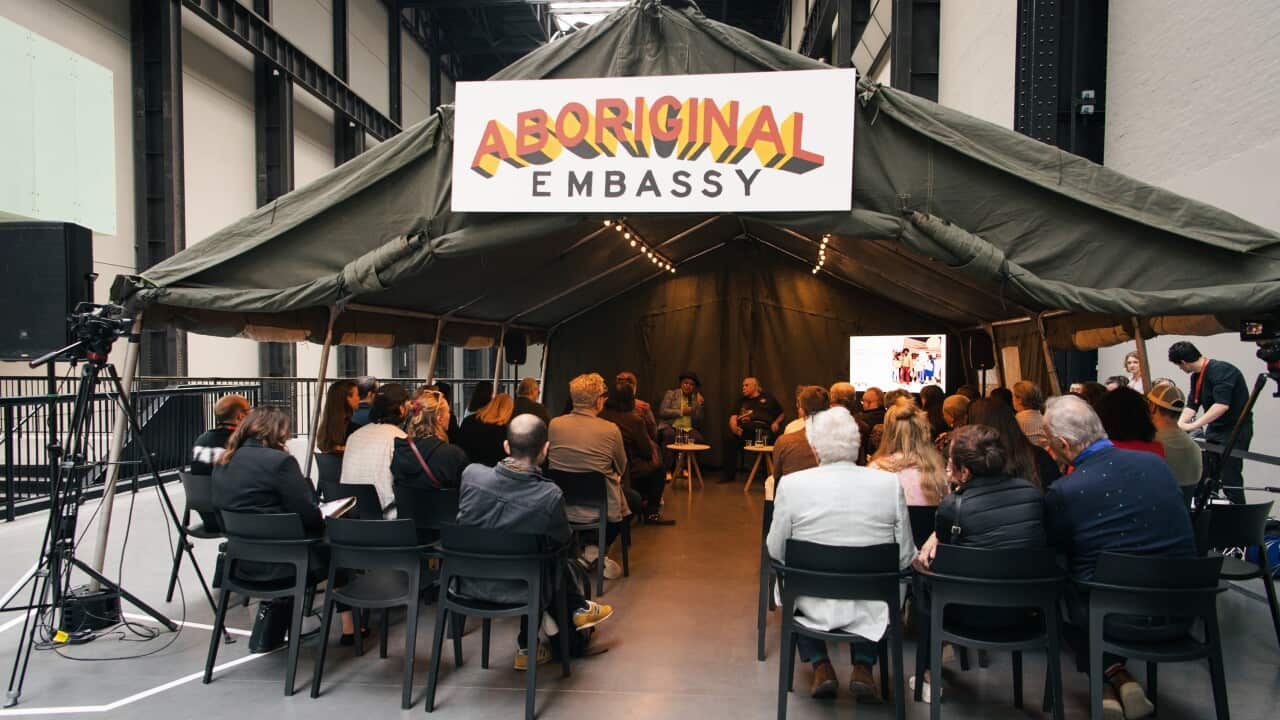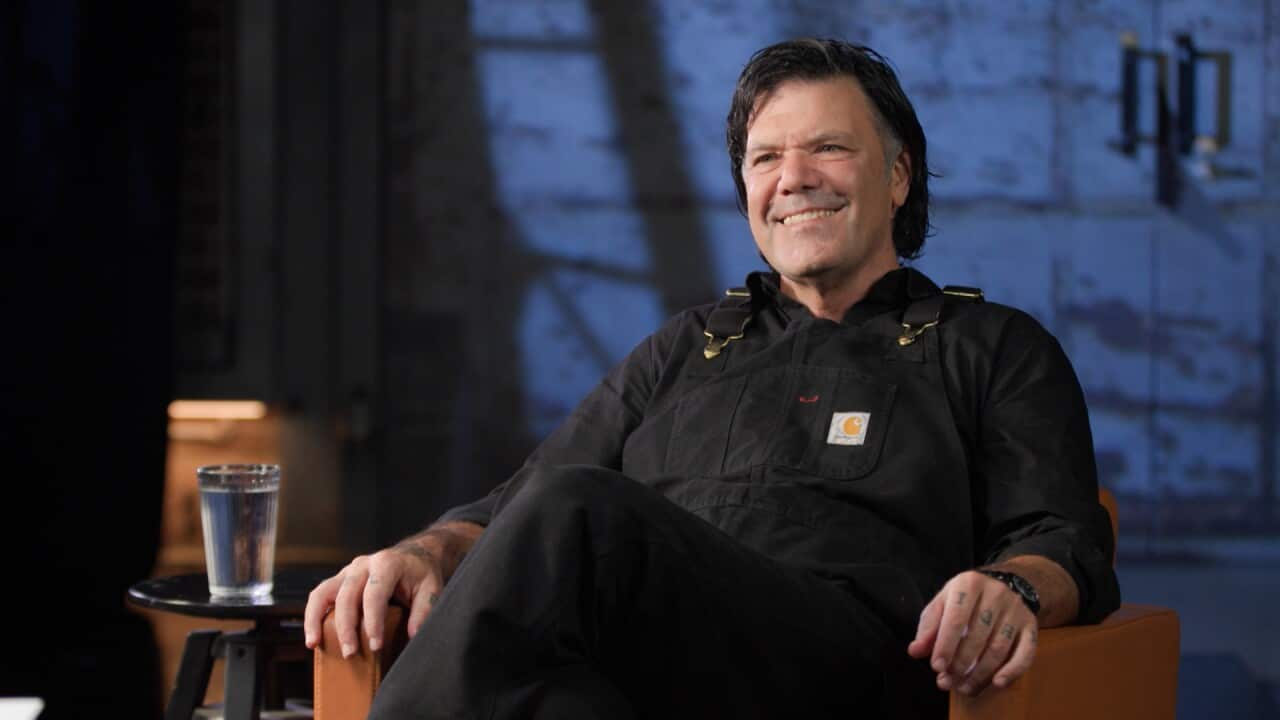From Koori Knockouts to boxing title fights, family tragedies and national protests, Gomeroi and Gamilaraay photographer Aunty Barbara McGrady has always been there with her trusty camera.
Growing up, Aunty Barb said she would look for people who looked like her in magazines but struggled to find representation of her and her people.
Little did Aunty Barb know that her mother gifting her a camera at 15 years old would become that start of a very meaningful career that would change that.
"I always thought my mum was very wise. She's very caring... She always tried to give me things that I was interested in," Aunty Barb said.
Feeling different growing up
Growing up in the small town of Mungindi, Aunty Barb always felt different as a young Blak woman.
The segregation between Indigenous and non-Indigenous people was made clear to Aunty Barb from a young age, with her parents not even allowed to speak their language.
"We had to sit down the front in the hard seats at the local picture show. We couldn't try on clothes in shops. We had to be out of town before 6:00 at night."
"I always felt the difference in the way we were treated, and always thought, 'Why? We're on our own land. This is who we are'," she said.
While coming from a small town had its struggles, Aunty Barb said that her connection to Country 'means everything'.
"It's my identity. It's who I am. It's my big mob," she laughs as she reflects on her upbringing.
Aunty Barb left Mungindi when she was 18 and moved to Brisbane.
From there, Aunty Barb would become the first Aboriginal female photojournalist of her calibre; a trailblazer.

Aunty Barb has become a trailblazer for Blak photographers.
Aunty Barb felt that it was her responsibility to document First Nations identities and experiences.
Aunty Barb was able to represent Blakfullas in a way that empowered them, while also recording historical, political and cultural change in the country.

Aunty Barb photos documented political change in the country. Credit: Barbara McGrady
Aunty Barb says First Nations peoples should have agency over their own stories and take pride in their identities.

Aunty Barb capturing a Rabbitoh's game.
After experiencing a white-washed version of history, where historical and political events were often not told from a Blak perspective, she found power in capturing her people.
"If there was something going on that concerns Aboriginal people, I always wanted to be there to document it in my own way.

Aunty Barb found pride in capturing culture. Credit: Barbara McGrady
"We're still fighting for our rights. There's still injustice. There's still racism and I think we all encounter it in different ways. I never let that hold me back."
A successful career
Community know and love Aunty Barb and trust her with Blak stories.
Her warmth, staunchness, passion and ability to make mob feel seen and heard has led Aunty Barb down a very successful career path.
Aunty Barb has flourished in her career so much so that she struggles to pinpoint a career highlight.
"There's been so many [career highlights]. I get to photograph some of the most famous people in the world, some of the most high-profiled people, sports people, actors, singers, rock stars. Got some good memories over the years," she said.
"I can't think of another job where you could meet and photograph and speak to, become friends with, even, some of these incredible people from here and overseas."
Her career has taken her all over the world, something which a young girl from Mungindi could only dream of.
"You meet all kinds of people from all parts of the world who have a different worldview... It was always a place to meet new people and have great talks and learn about their culture and where they come from," she said.













